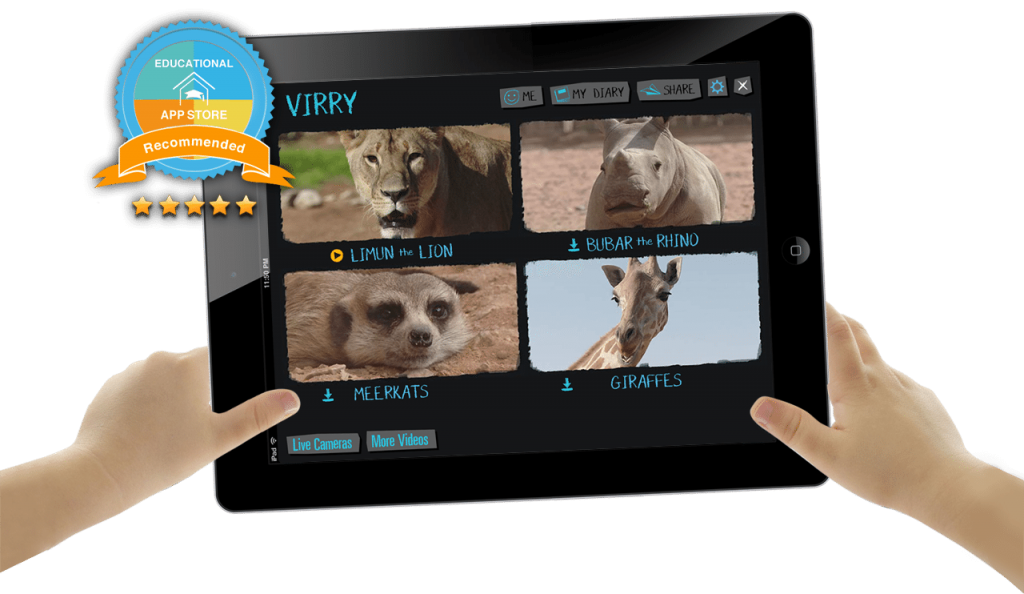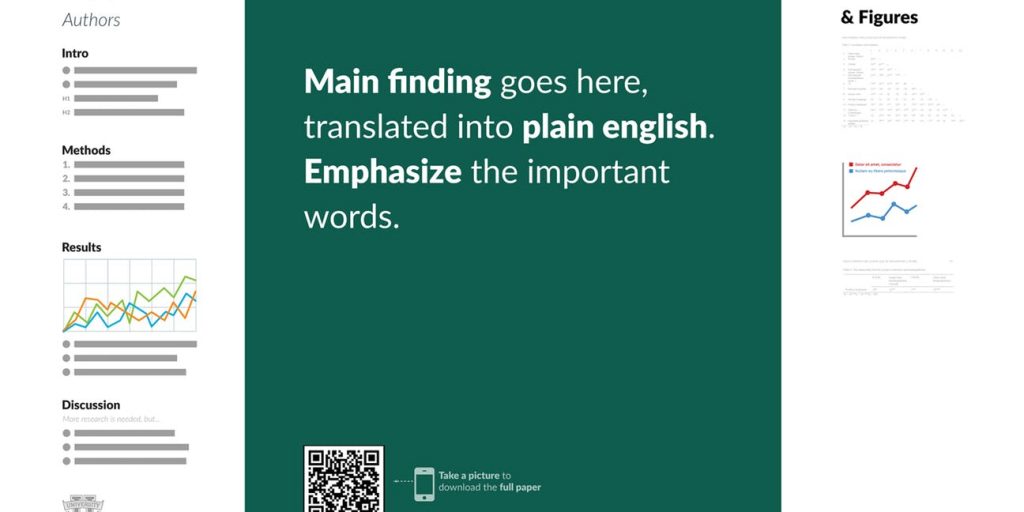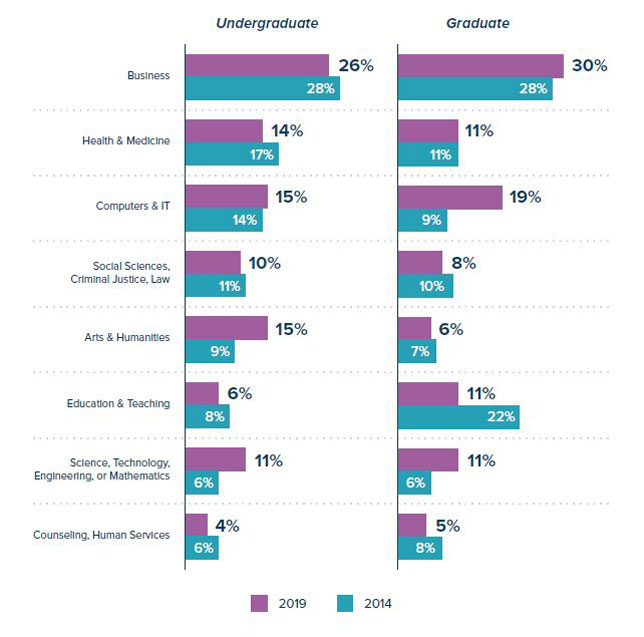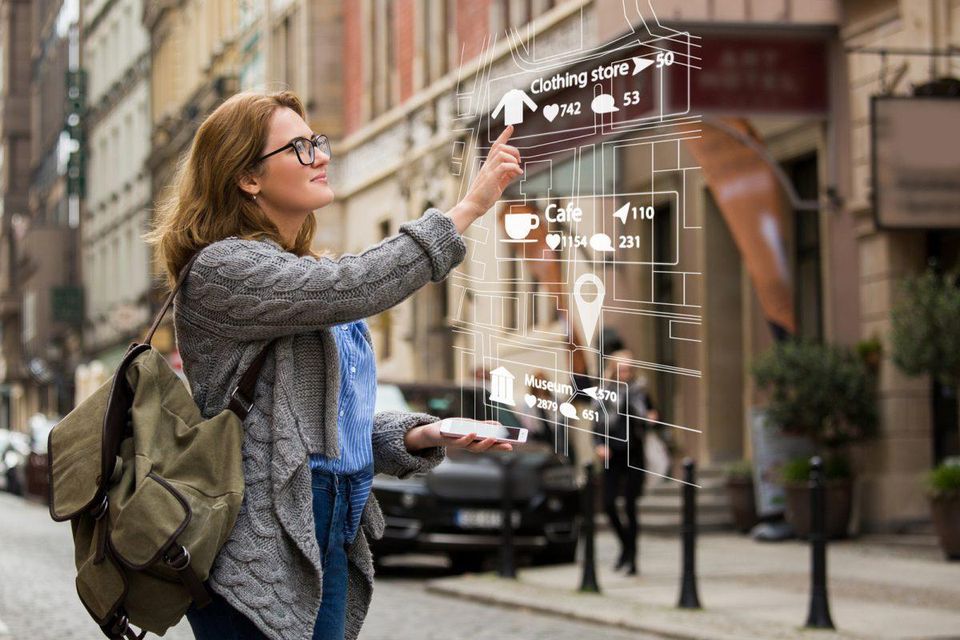Academia needs a reality check: Life is not back to normal — from sciencemag.org by June Gruber, Jay J. Van Bavel , William A. Cunningham, Leah H. Somerville, Neil A. Lewis, Jr.; with special thanks to Dr. Kate Byerwalter for this resource
Excerpts:
The problems don’t end there. Many academics are also grappling with ongoing racial injustices and associated protests, wildfires, and hurricanes. We continue to see widespread effects on mental health, with roughly one-third of Americans reporting symptoms of clinical depression or anxiety. June and her colleague recently described the escalating mental health crisis as the next biggest coronavirus challenge.
We have struggled with our own mental and physical well-being—as well as challenges associated with canceled vacations, lack of child care, the illnesses and death of people close to us, and the mental weight of difficult conversations about racial injustices. We’ve also been worrying about our trainees and the undergraduate students in our classes. The academic and non-academic job markets have cratered, and some of our colleagues and students have lost internships and job offers as organizations have been forced to cut expenses.
Expecting the same output as in previous years, even though many people have less time and more stress than ever, is not a sustainable or humane solution. The world is not normal—so the way we do science cannot be normal either.











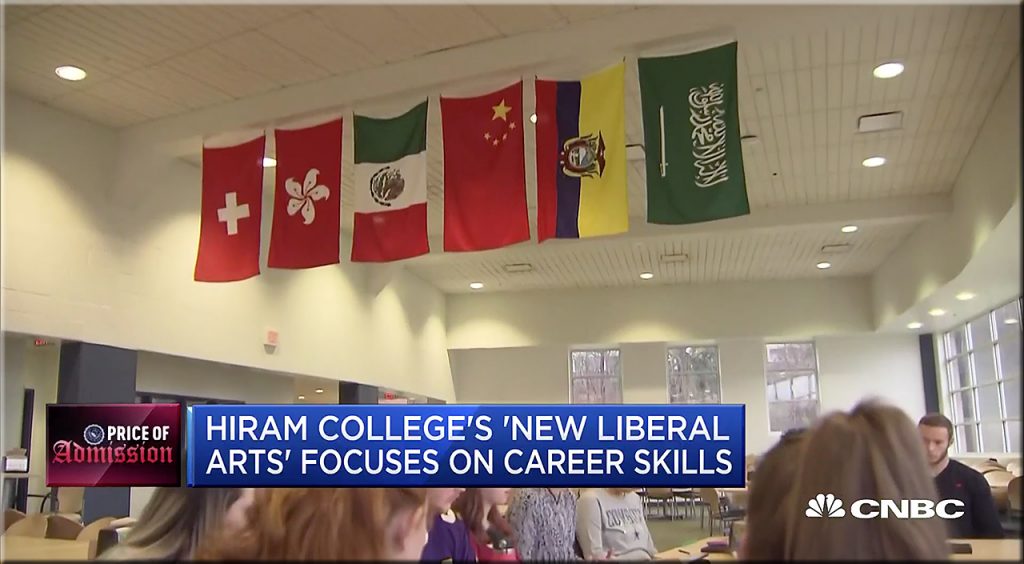

![Sleek Furniture Collection by Hilla Shamia Harmonizes Cast Aluminum and Natural Wood [Ebert]](http://danielschristian.com/learning-ecosystems/wp-content/uploads/2020/05/shamia-1-1024x681.jpg)
